Descripción
- [INCREASED STABILITY] Proporciona más estabilidad y control mientras manejas el Ronin
- [RONIN CONTROL] Admite el control total de los RS2 y RS3 Pro
- [LIGHTWEIGHT] El chaleco de apoyo redistribuye el peso para un funcionamiento más cómodo durante más tiempo
- [INCREASED BATTERY] Las múltiples opciones de alimentación proporcionan una mayor duración de la batería al Ronin
- [COMPATIBILITY] Admite cualquier cardán que se conecte con roscas de 1/4"-20 y pueda alimentarse mediante un Lemo de 2 patillas
*El envío gratuito no se aplica a este artículo*. El Sistema Flotador Tilta funciona junto con el DJI RS 2 y RS3 Pro para proporcionar un sistema estabilizador de cámara pequeño y compacto que te permita lograr movimientos de cámara cinematográficos suaves con configuraciones de cámara más pequeñas.
El poste con contrapeso proporciona una mayor estabilización a tu configuración, más allá de lo que ya hace el cardán, para permitir un movimiento de la cámara lo más fluido posible.
El diseño del brazo con resorte y del chaleco de apoyo hace que el peso del aparejo recaiga sobre el torso, lo que permite tiempos de funcionamiento más largos antes de que el usuario se fatigue.
El mando inalámbrico para el pulgar incluido te permite controlar de forma inalámbrica el Ronin, así como un motor de enfoque de seguimiento Nucleus M o Nucleus Nano.
Esta unidad está diseñada para montarse en el yugo de tu Tilta Float mediante el soporte para monitor del sistema.
El controlador funciona con las pilas Go Pro 5-8 y dispone de un puerto USB-C que puede utilizarse para futuras actualizaciones de firmware. Ten en cuenta que no recomendamos alimentar la unidad a través de este puerto.
El soporte lumbar incluido y la correa para un solo hombro proporcionan una distribución adicional del peso, garantizando un manejo cómodo durante cualquier duración. Las múltiples opciones de alimentación proporcionan más flexibilidad a la hora de alimentar el Ronin. El sistema puede alimentar el cardán mediante Gold Mount, V-Mount, TB50 o la propia empuñadura de la batería a través de accesorios opcionales.
*El Flotador es compatible con cualquier cardán por debajo del límite de peso que pueda montarse mediante roscas de 1/4″-20 y pueda alimentarse mediante Lemo de 2 patillas o una batería interna, sin embargo, sólo puede controlar de forma inalámbrica el RS2 y el RS3 Pro
* **El Flotador no tiene salidas de alimentación distintas de la Lemo de 2 patillas diseñada para alimentar el RS2**
***El Cable de Poste Interno puede manejar 14,8V y 3A con capacidad máxima para manejar 6A***
RS3/RS3 Pro: La Tecla M NO es capaz de imitar la función del cardán. La Tecla M de esta unidad SÓLO puede cambiar la configuración del Modo. NO se recomienda utilizar cardanes más grandes de lo que podría clasificarse como “de mano”, como el Movi Pro. Aunque el peso total sea inferior a 10 kg, el sistema tendrá problemas para soportar cardanes físicamente mayores que los cardanes de la serie DJI Ronin RS.
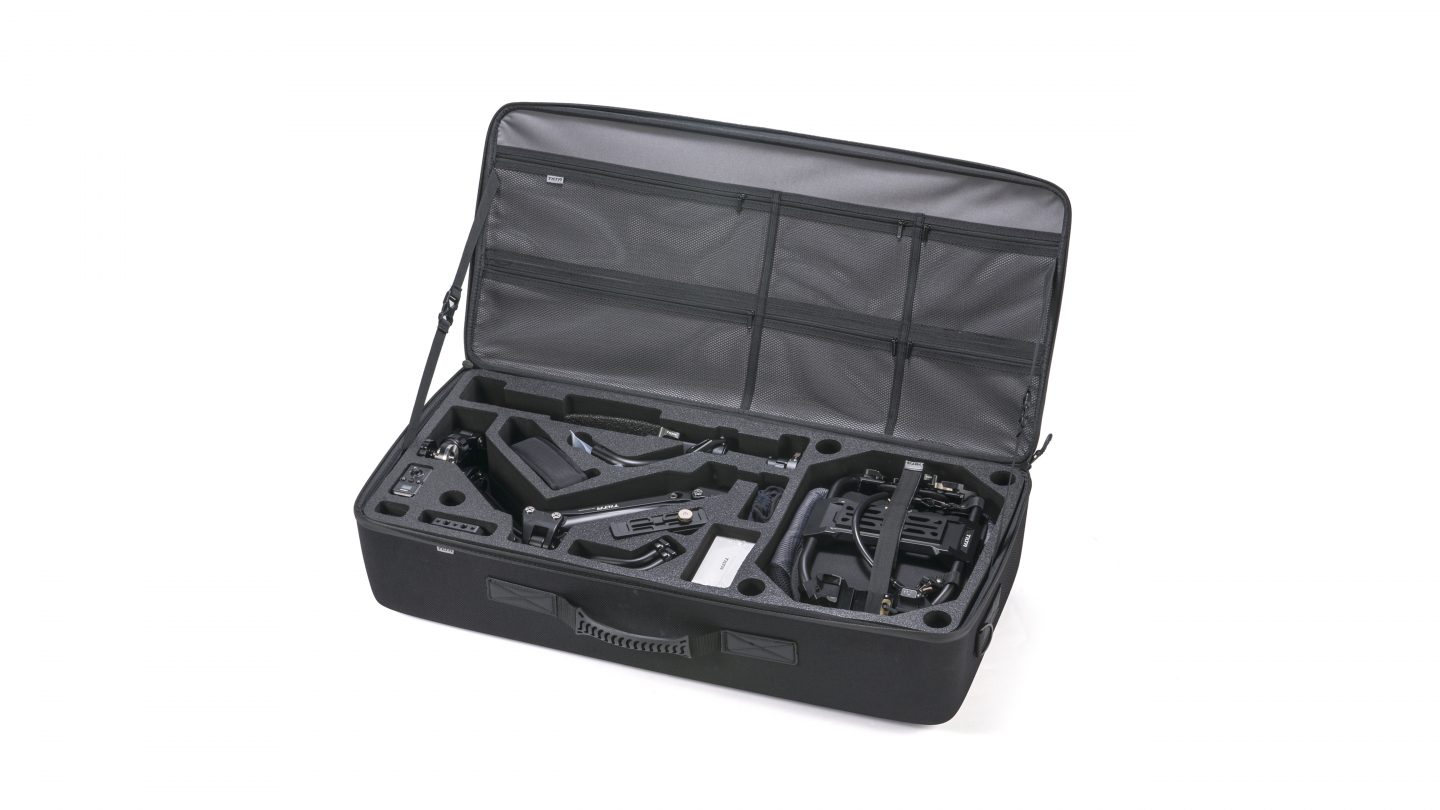






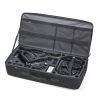
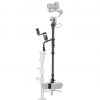
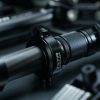
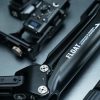



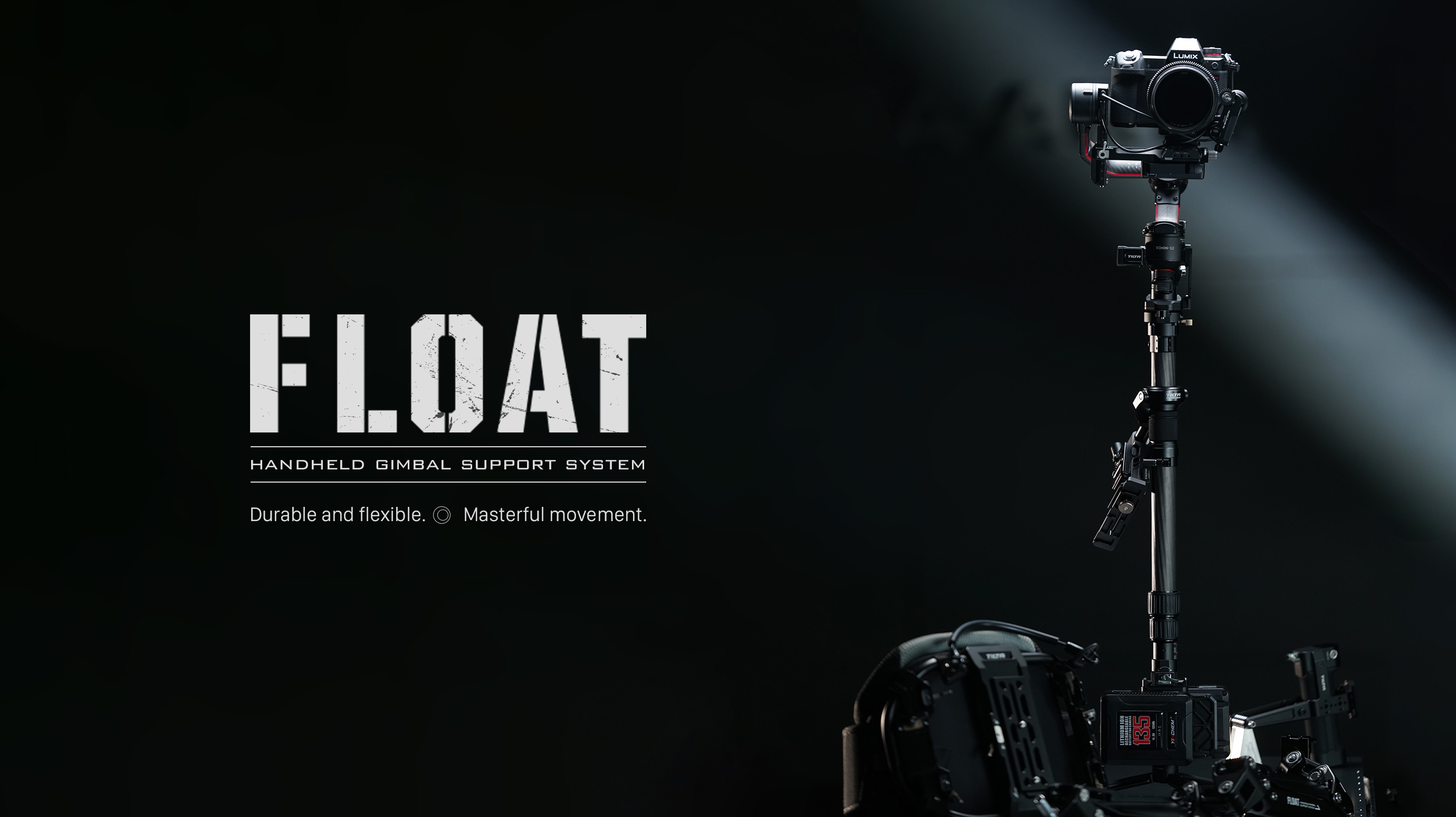
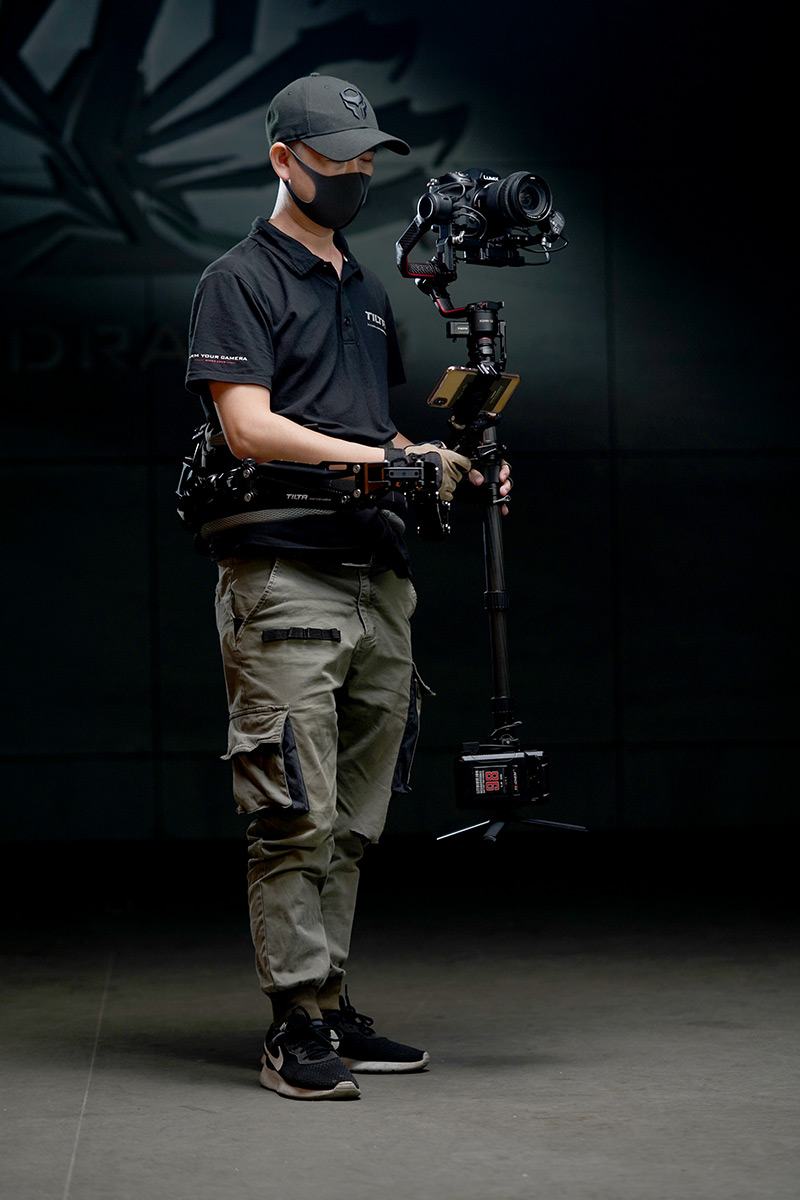
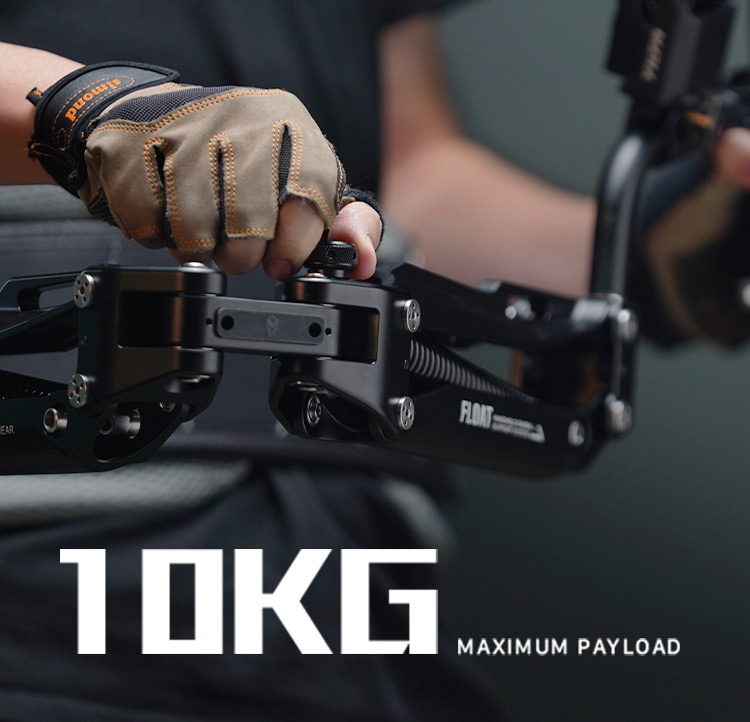
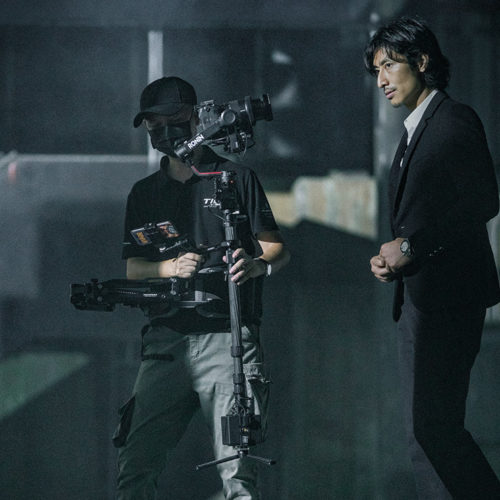

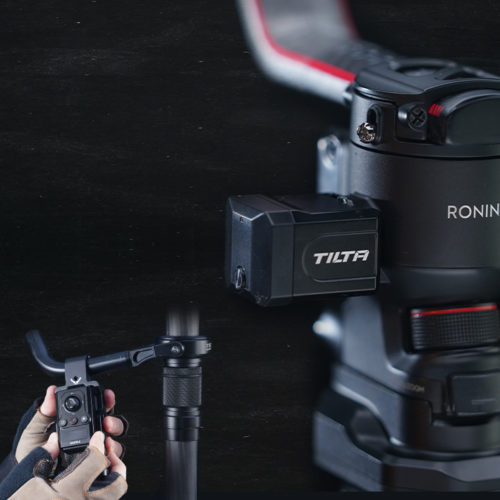
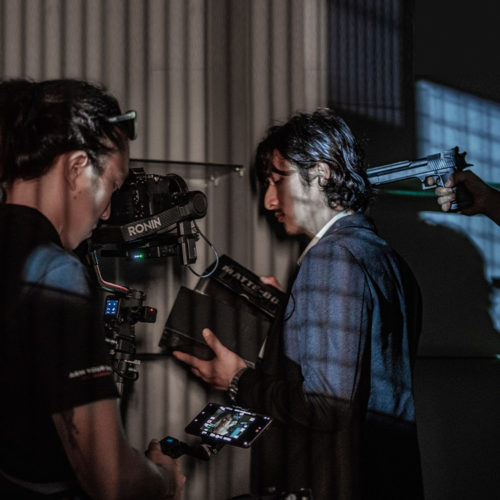
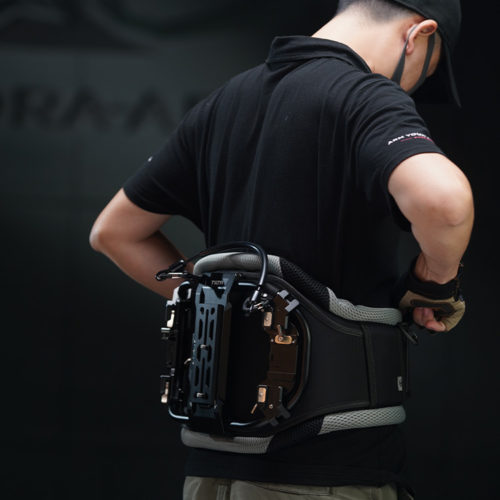
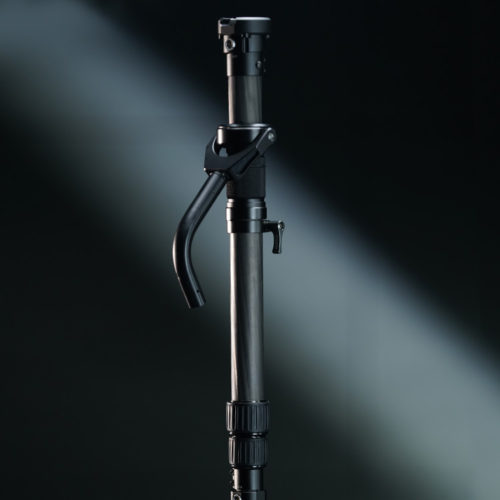
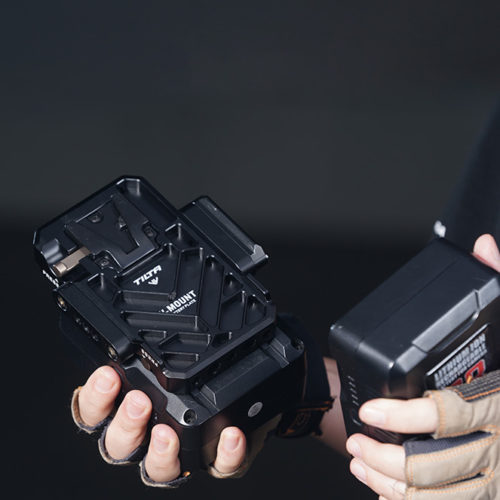
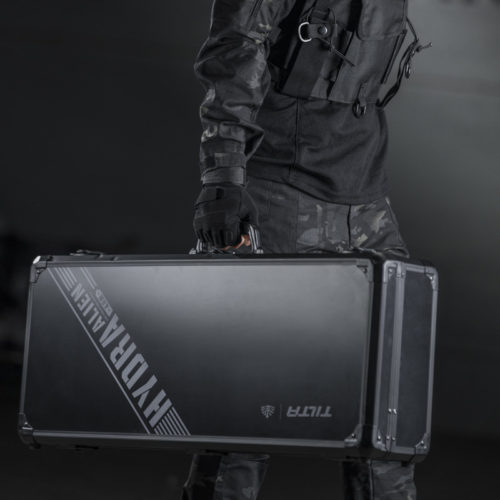
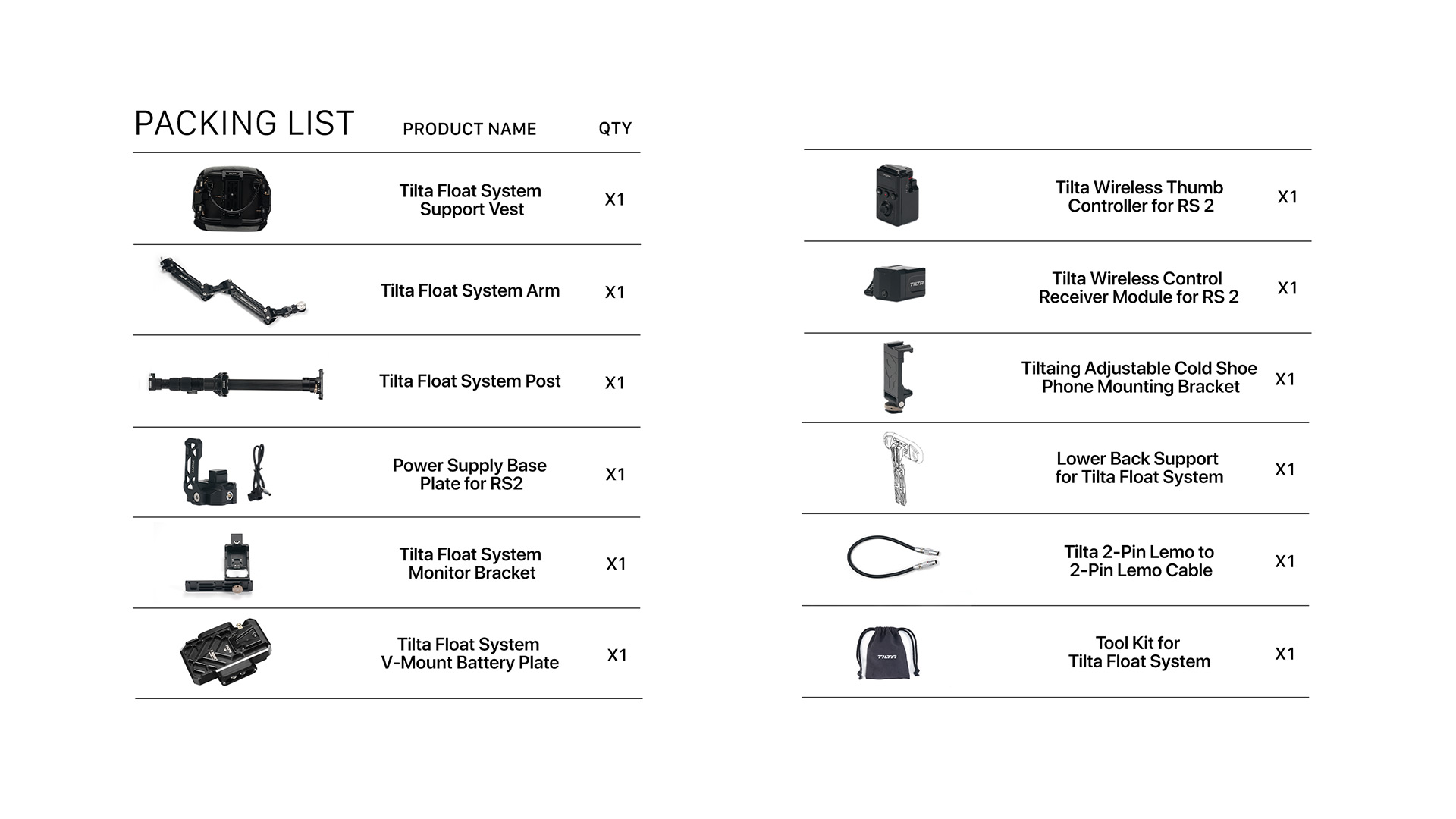
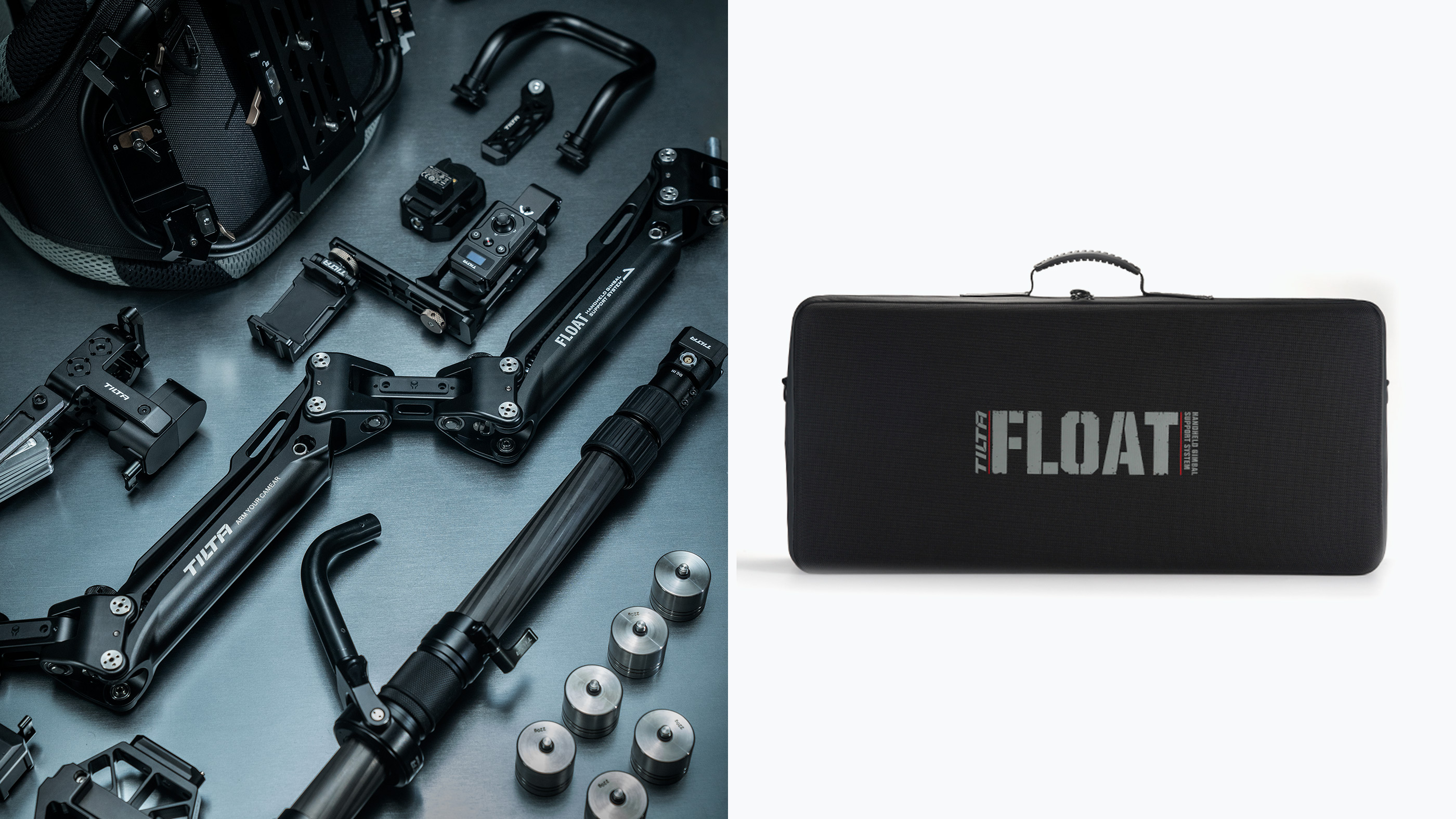
I would appreciate it if the shipping to Hawaii weren’t an arm and a leg. There are considerations for foreign shipments. Perhaps a different carrier for Hawaii and Alaska. Also, the support with assembly and balancing is either third party or in Chinese. One would think that there are enough sales to English speaking countries to properly support this product, affording the English speaking buyers the respect that any customer deserves. Its not like producing an English version is difficult for Tilta.
Fantastic. Takes some time to learn. But once you get it you’ll be amazed. The advance ring is probably the better overall equipment for most people. But I wanted to try out the float.
Its hard to balance the roll axis but I believe once I master that this piece will be the most valuable piece in my arsenal!
This product is extremely well made. I ordered early and perhaps because it was one of the first to ship, our Float arrived missing a rosette essential to its operation. The staff at Tilta in Burbank was able to get me the rosette and Im now up and running. We are still in the early stages of testing, but everything looks very promising. The Float is machined beautifully, and just fits. I didnt find the pressure on my hips or back excessive. A few suggestions for users: 1) Use identical batteries on the mount at the bottom – this will make balancing much easier. 2) For most moves, the wireless thumb control makes it easy to control the gimbal. For complicated moves, think about using the Raven Eye setup on the RS2 with Force Mobile to control the gimbal. There can be a lot going on for the Float operator, and having an operator for the RS2 makes complex moves much simpler. 3) Think about using a Nucleus Nano for focus. This means the gimbal operator, using Force Mobile on the RS2, can also pull focus. 4. Were using a C stand to carry the spud that comes with the Float which allows you to park the arm and take the load off. Theres going to be a learning curve for us, but all in all I think this system is going to change the way we work dramatically.
I haven’t had time to fully test my new Float system yet, but my first impression is that it is generally well made and is a great value for the money. It does have some issues though, speaking from my experience of Steadicam operating since I bought my first Steadicam 30 years ago. Users shouldn’t have to self-manufacture a shim to ensure a proper fit between the post and the gimbal. I really wish that Tilta had designed a proper vest that more evenly distributes the load across hips/shoulders/back, rather than just the hips. What Tilta calls a “Tilta Float System Baby Pin Docking Adapter” should be simply called a Balancing Pin Adapter. A proper docking bracket has on one end a yoke and safety pin that will dock and secure the rig in an upright position during breaks, and a balancing pin on the other end. I haven’t yet succeeded in getting a 1-2 second roll-back to neutral position (screen facing up) when post is horizontal…it’s much faster. Hopefully I’ll get that tweaked in time…as I said, I haven’t spent much time with it yet. Wish list: rack-and-pinion gear x-y adjustments with scale markings for fine tuning balance. I am finding that it does require a little different skill-set as opposed to traditional Steadicam. All in all, I’m really excited about using this, especially hard mounting it on my modified Segway as seen here: http://www.redzephyrcam.com/Paul_Kalbach__ArtichokePro_presents.html